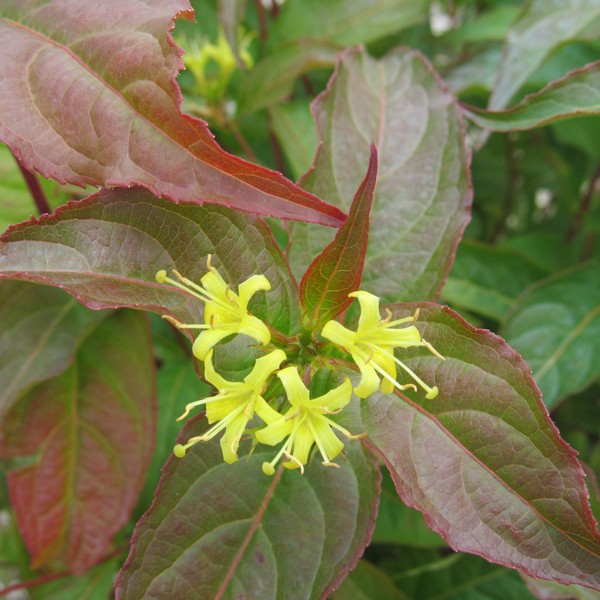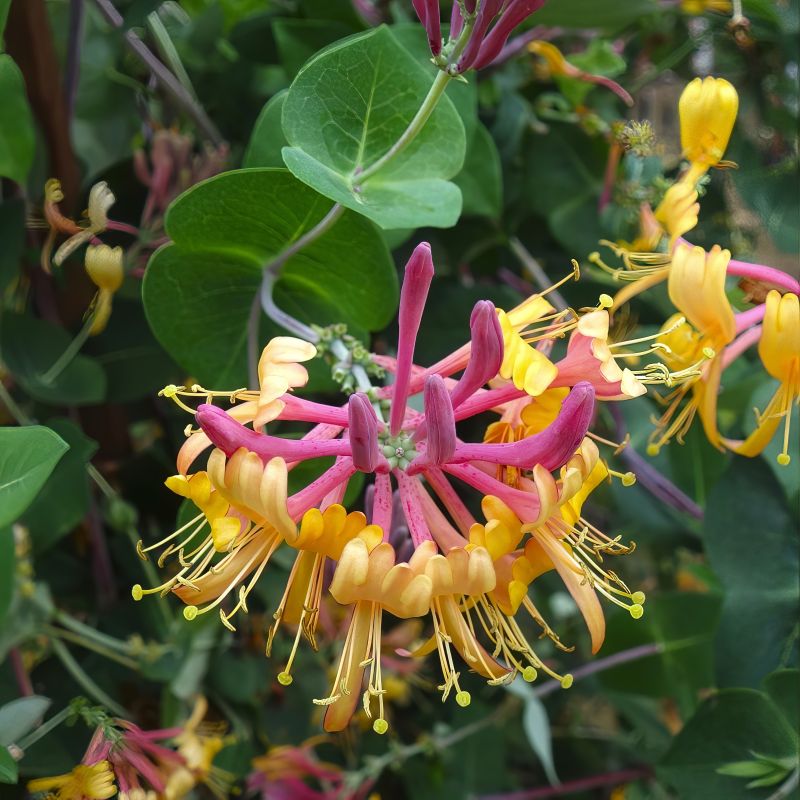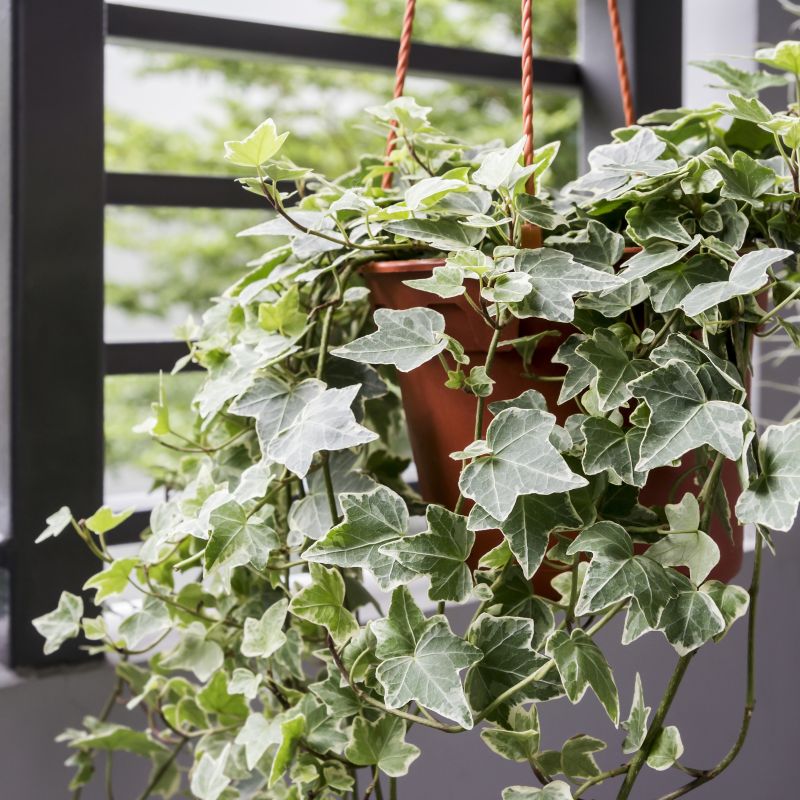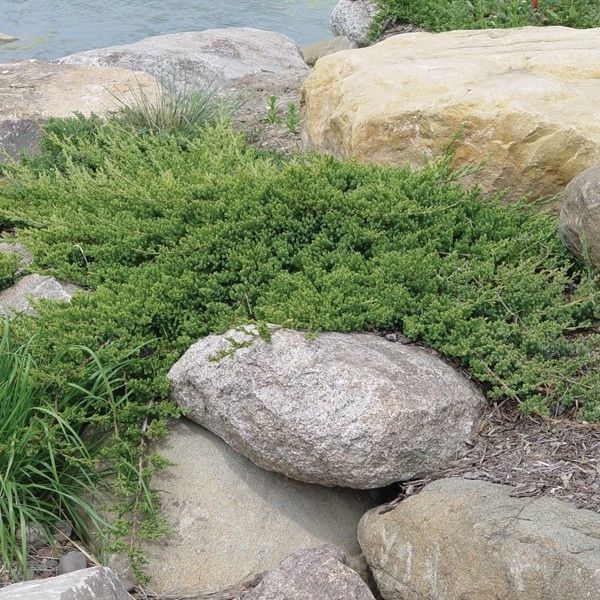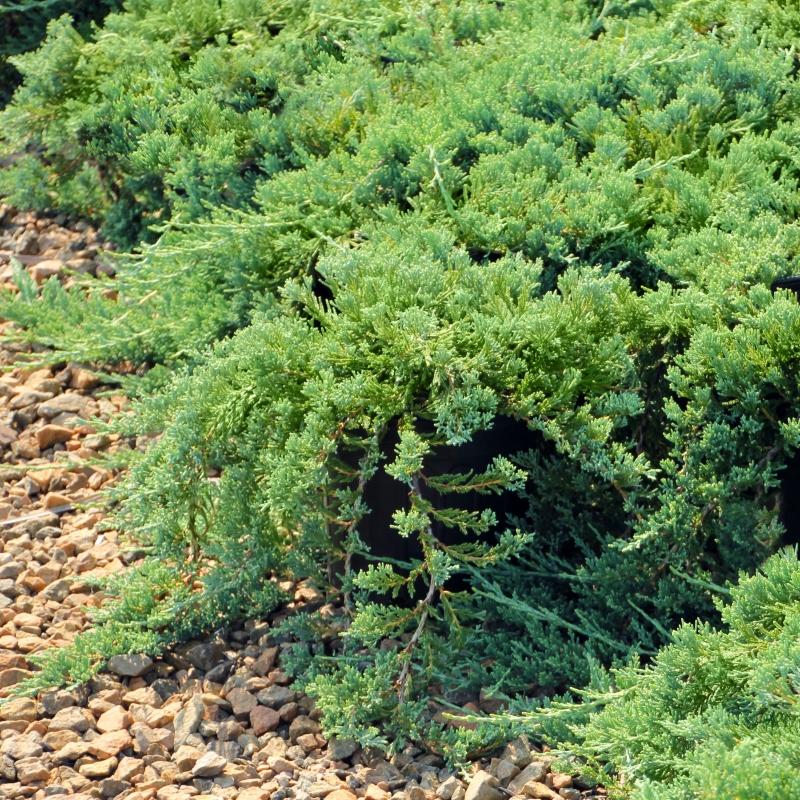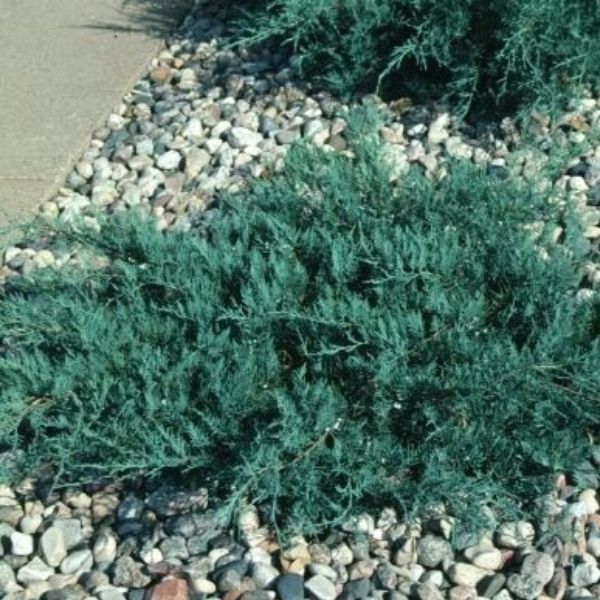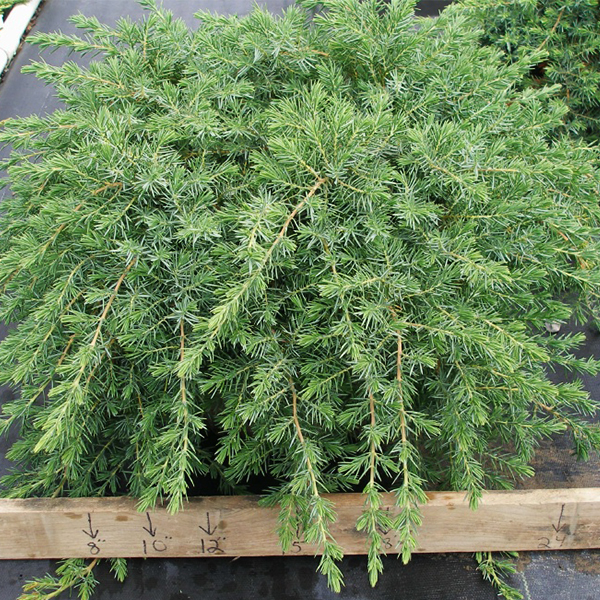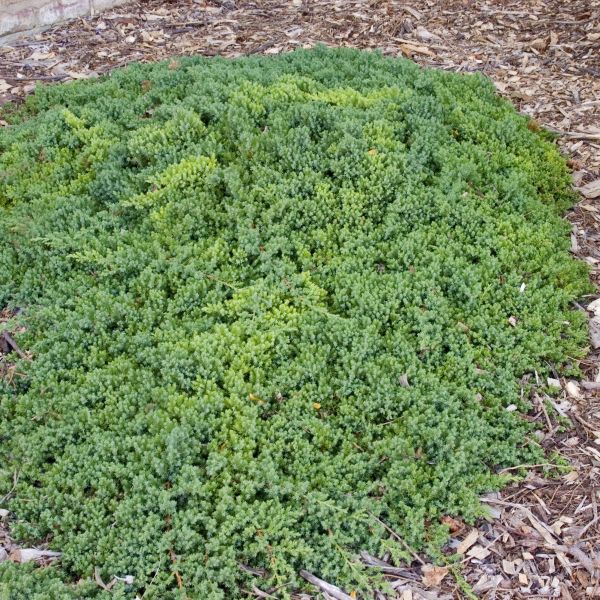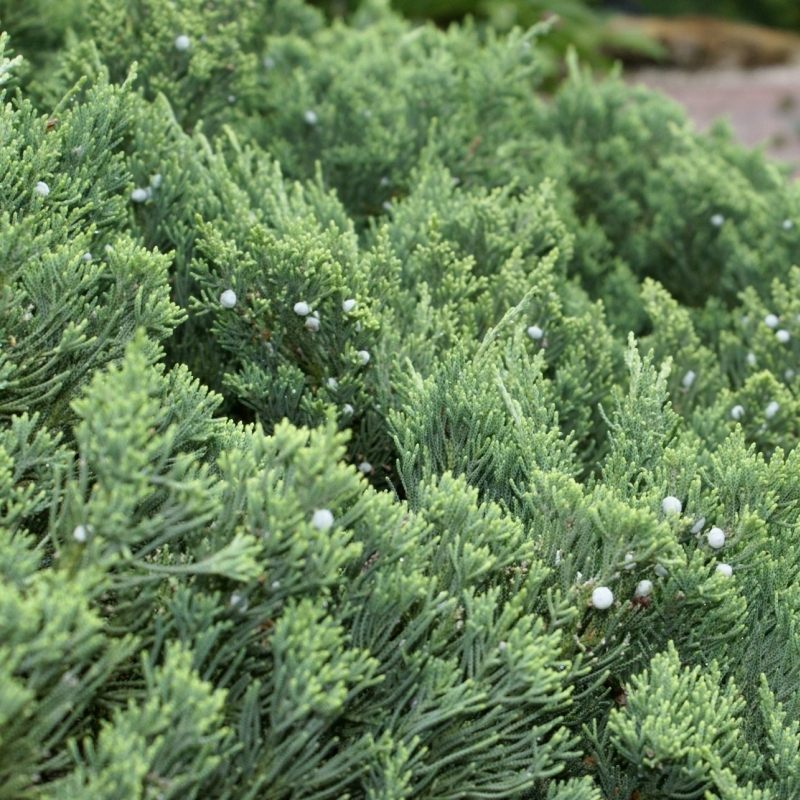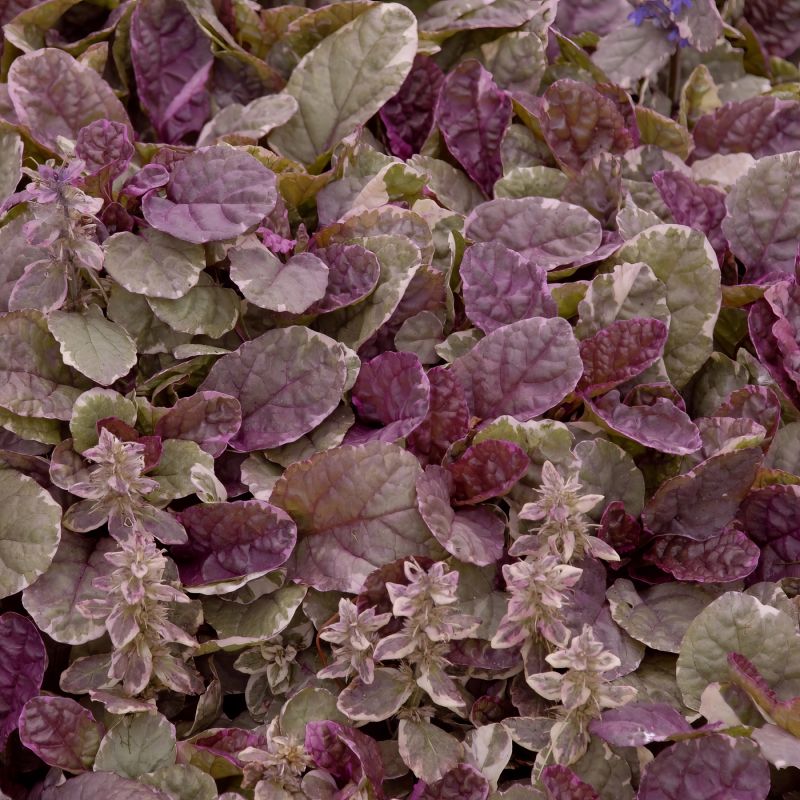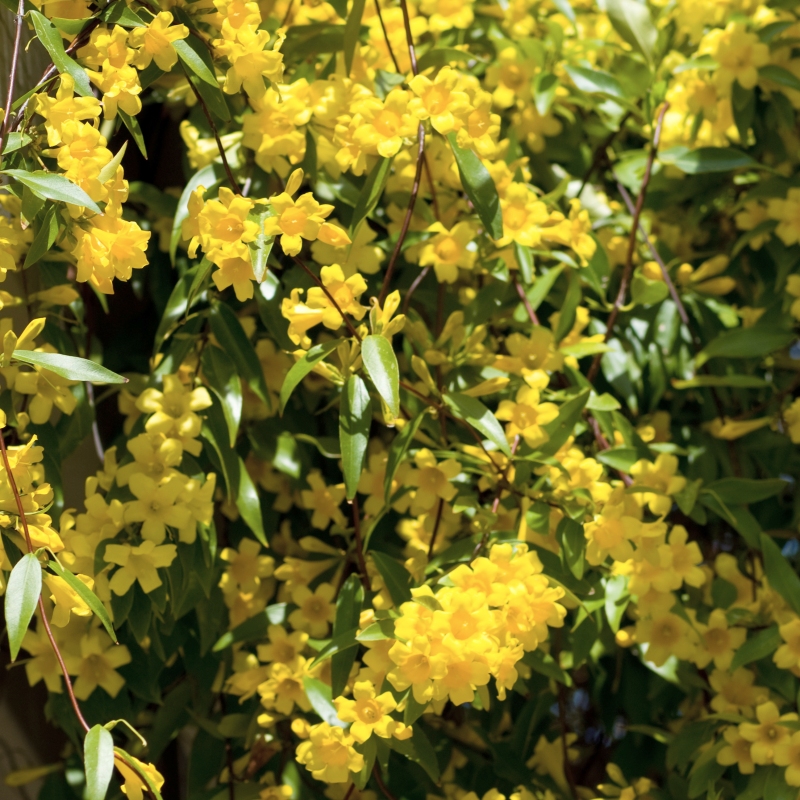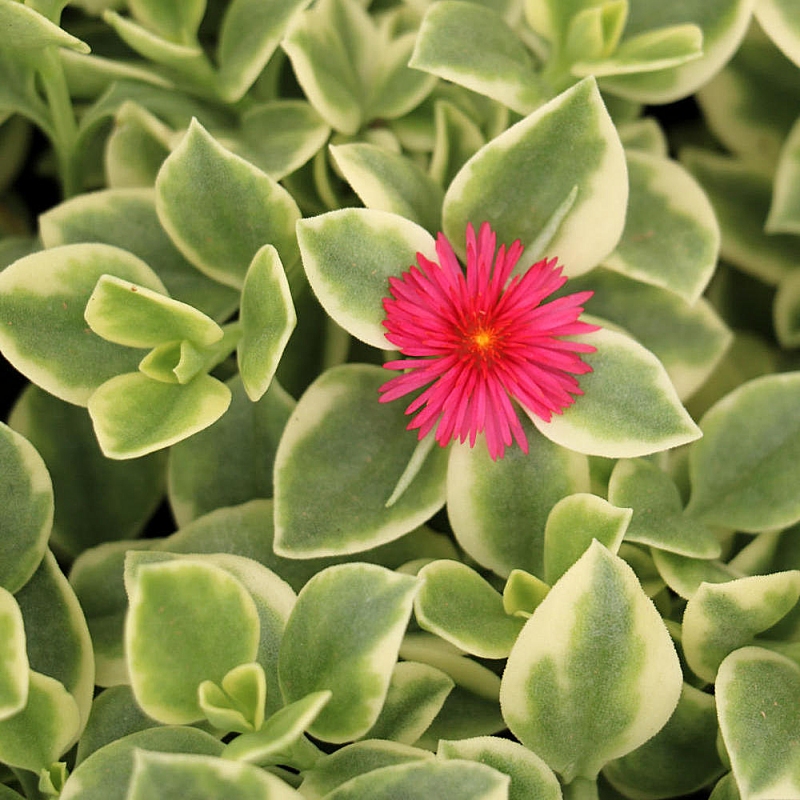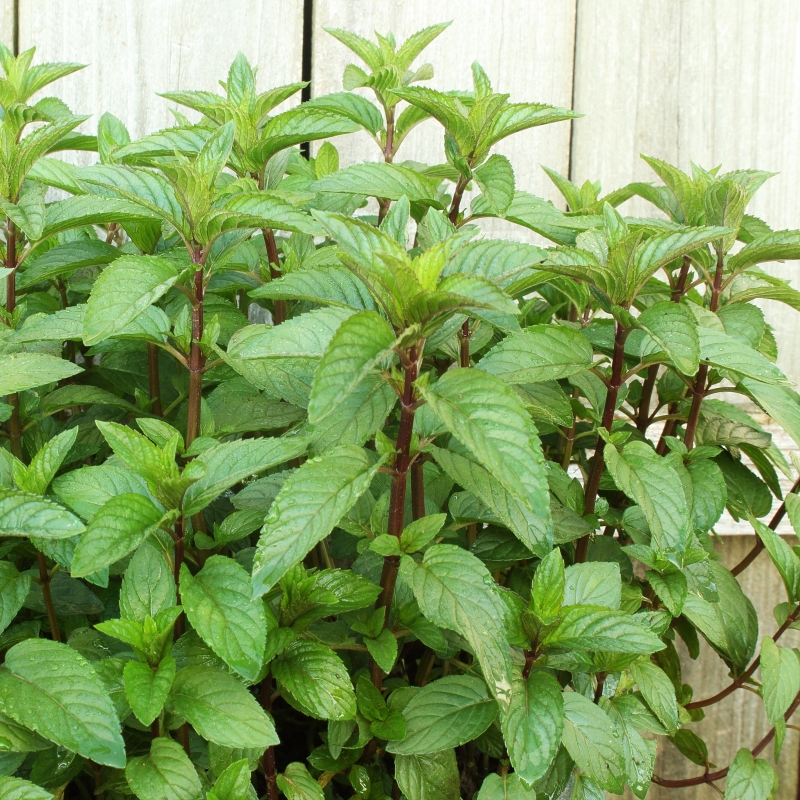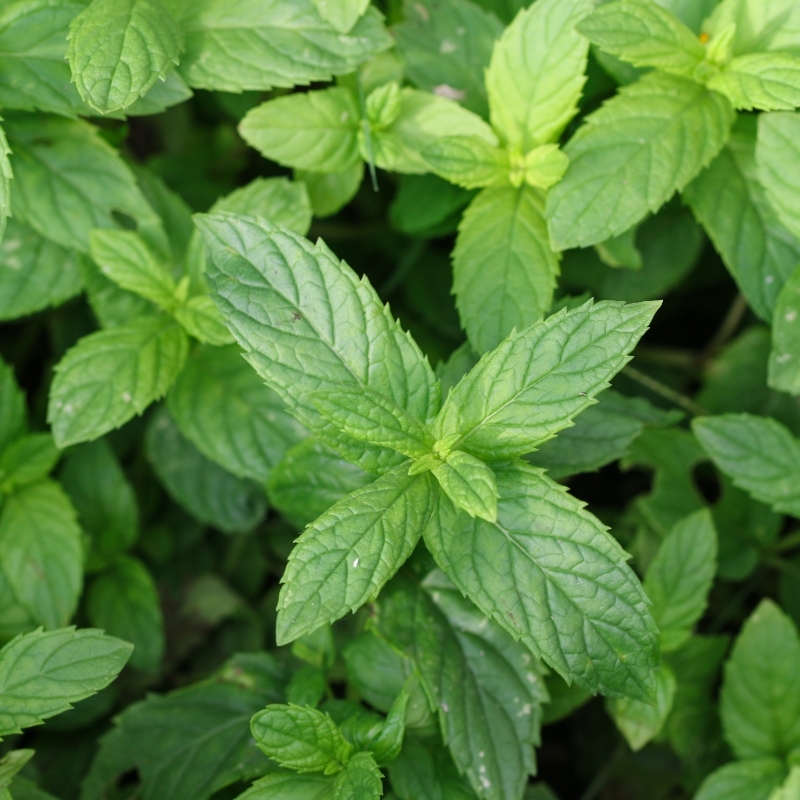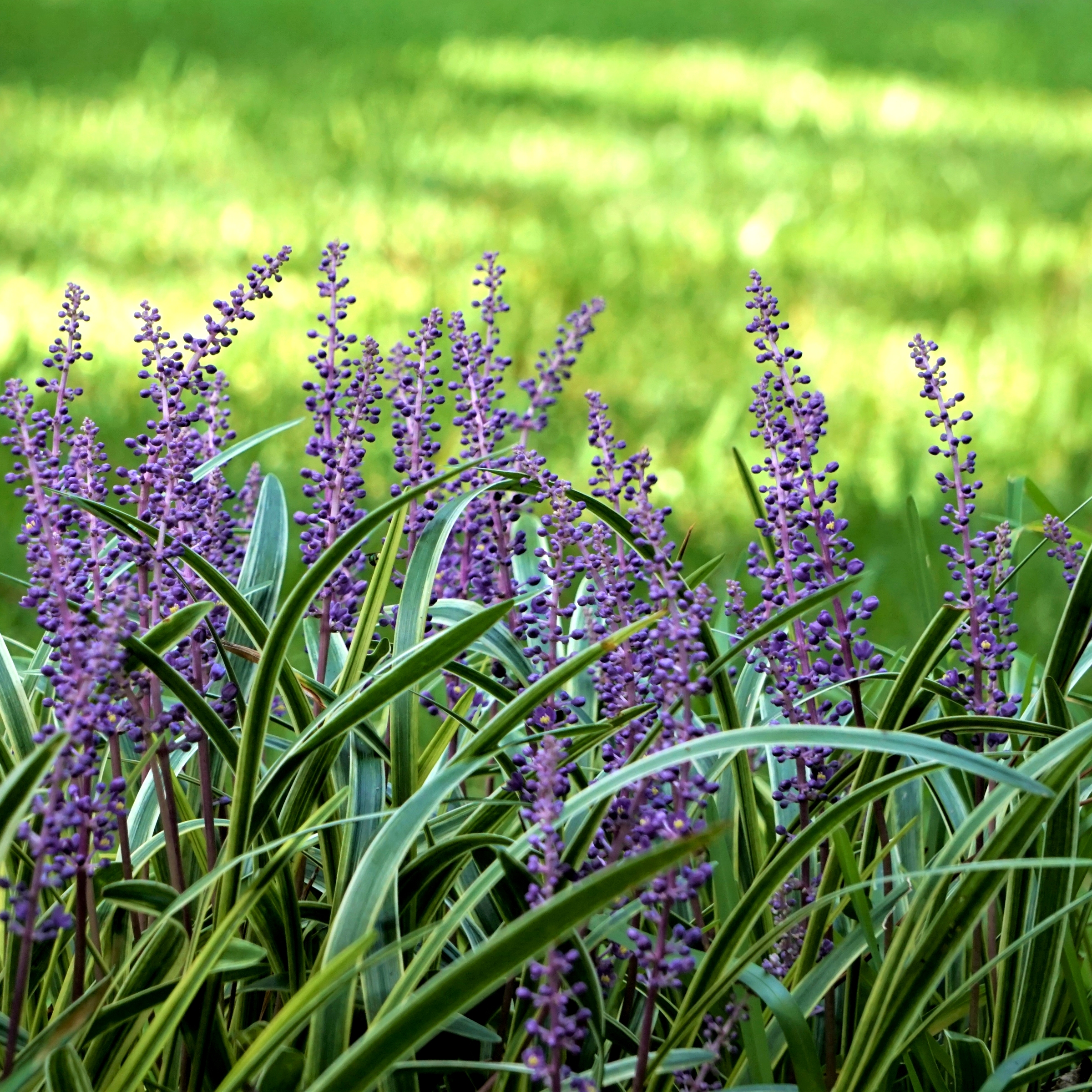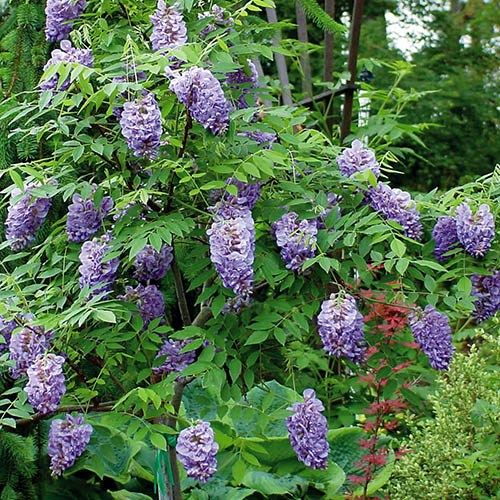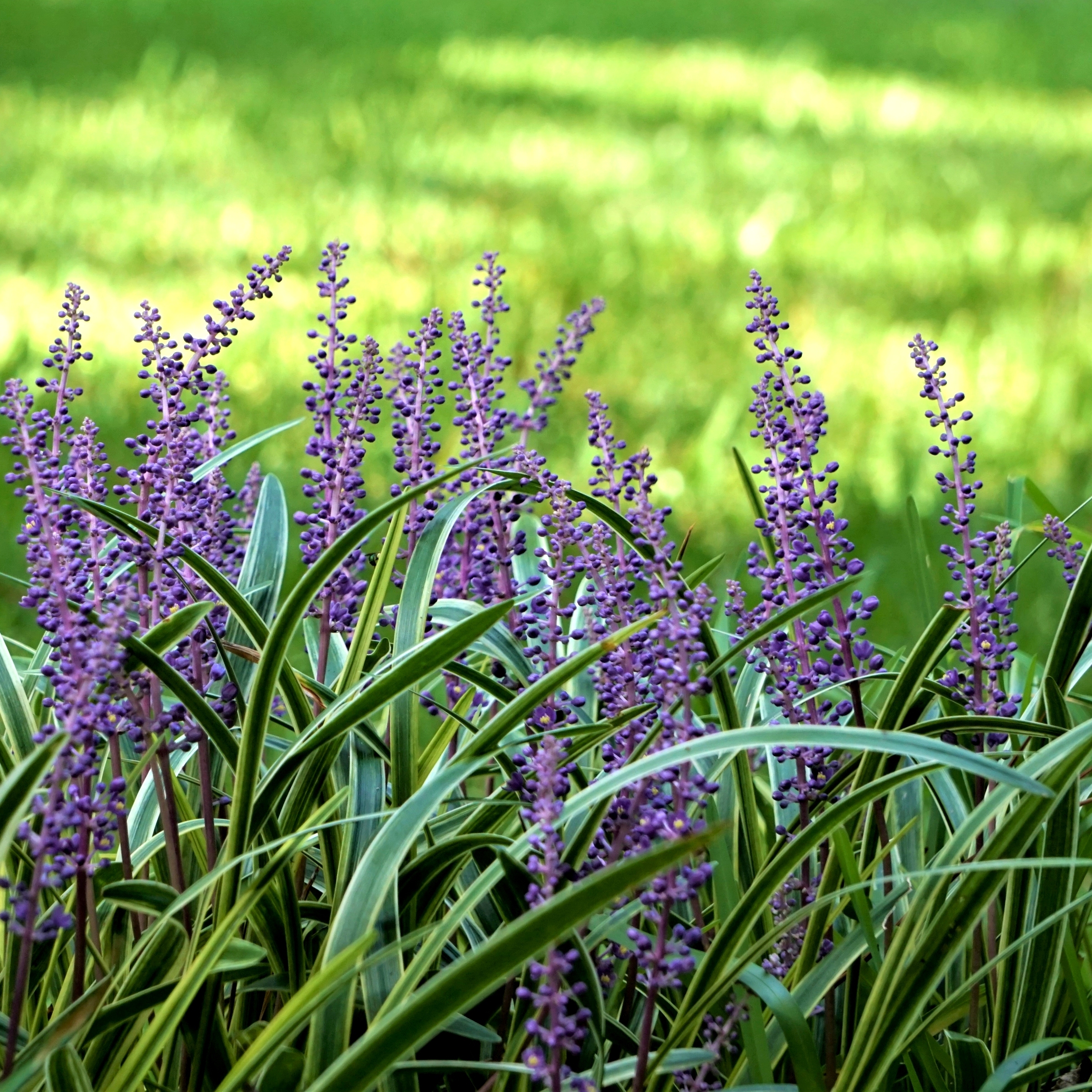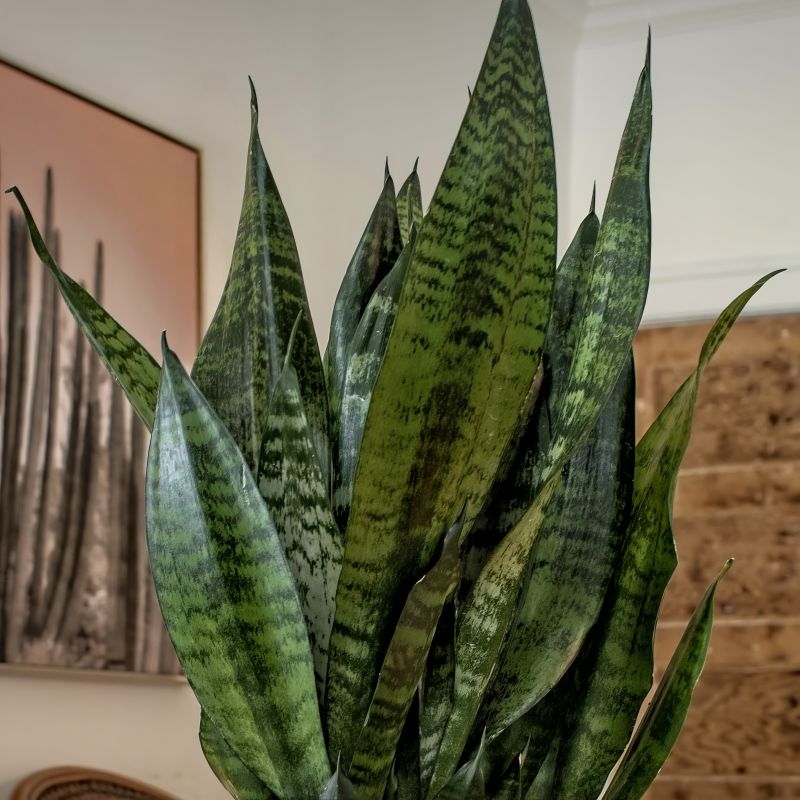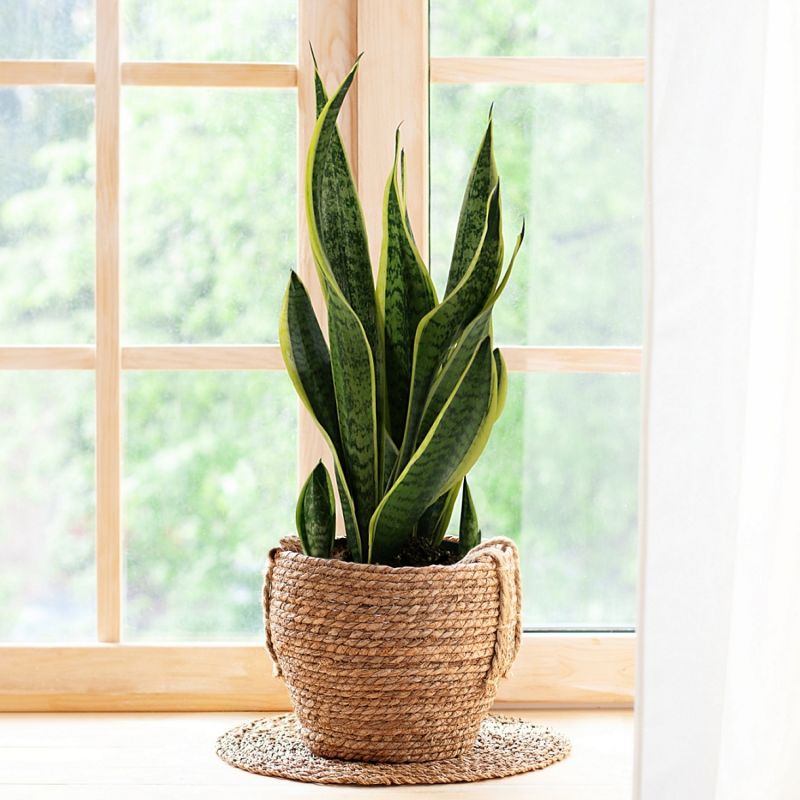

Dwarf Bush Honeysuckle
Diervilla lonicera
17 reviews


Dwarf Bush Honeysuckle
Diervilla lonicera
17 reviews
$85.00
$122.00
30% Off
2.5 Gallon
We are sorry, product is currently out of stock due to seasonal availability. Please check the "Related plants available in your area" section below
Why Dwarf Bush Honeysuckle?
Dwarf Bush Honeysuckle, also known as Diervilla lonicera, is a small, deciduous shrub that grows up to 3 feet tall. It is native to North America and is commonly found in woodlands and rocky areas. It produces clusters of yellow, bell-shaped flowers in the summer, followed by small, red berries in the fall. The plant is hardy and can adapt to a range of growing conditions, making it a popular choice for gardens and landscaping. Additionally, it is a source of food and habitat for various wildlife species.
Related plants available in your area
Sunlight
Dwarf Bush Honeysuckle requires full to partial sun exposure.
Watering
Dwarf Bush Honeysuckle requires regular watering during its growing season, with the soil kept consistently moist but not waterlogged. It is important to avoid overwatering as it can cause root rot.
Fertilizing
Dwarf Bush Honeysuckle typically requires a general-purpose fertilizer with balanced nitrogen-phosphorus-potassium (NPK) ratios. However, it is recommended to conduct a soil test to determine specific nutrient deficiencies and adjust the fertilizer accordi
Dwarf Bush Honeysuckle: A Charming Tapestry of Delight
Dwarf Bush Honeysuckle is a botanical gem that weaves a charming tapestry of delight in any garden or landscape. With its compact size and abundant blossoms, this exceptional shrub brings a touch of enchantment and elegance to outdoor spaces of all sizes. From its dainty flowers to its vibrant foliage, Dwarf Bush Honeysuckle is a captivating choice for those seeking a plant that embodies beauty, versatility, and a delightful fragrance.
Abundant Blossoms
One of the most enchanting features of Dwarf Bush Honeysuckle is its profusion of delicate blossoms. In late spring to early summer, clusters of tubular-shaped, creamy-white flowers emerge, creating a captivating display of floral abundance. These charming blooms not only add a pop of brightness to your garden but also emit a subtle and sweet fragrance that lingers in the air, attracting butterflies and hummingbirds. Whether used as a border plant, groundcover, or in a container, the abundant blossoms of Dwarf Bush Honeysuckle infuse your outdoor space with a sense of beauty and charm.
Vibrant Foliage
Beyond its delightful blossoms, Dwarf Bush Honeysuckle showcases vibrant foliage that adds visual interest throughout the seasons. The leaves are small and oval-shaped and emerge in a fresh green color. As autumn arrives, the foliage undergoes a stunning transformation, turning to shades of orange, red, and purple, creating a fiery spectacle of color. This vibrant foliage offers year-round appeal, ensuring your garden remains captivating and lively.
Compact and Versatile
Dwarf Bush Honeysuckle's compact size and versatile nature make it a valuable addition
Plant Information:
| Botanical Name: | Diervilla lonicera |
| USDA Zones: | 3-7 |
| Water: | Widely Adaptable |
| Exposure: | Full Sun |
| Soil Needs: | Widely Adaptable |
| Mature Height: | 3 feet |
| Mature Spread: | 3 - 4 feet |

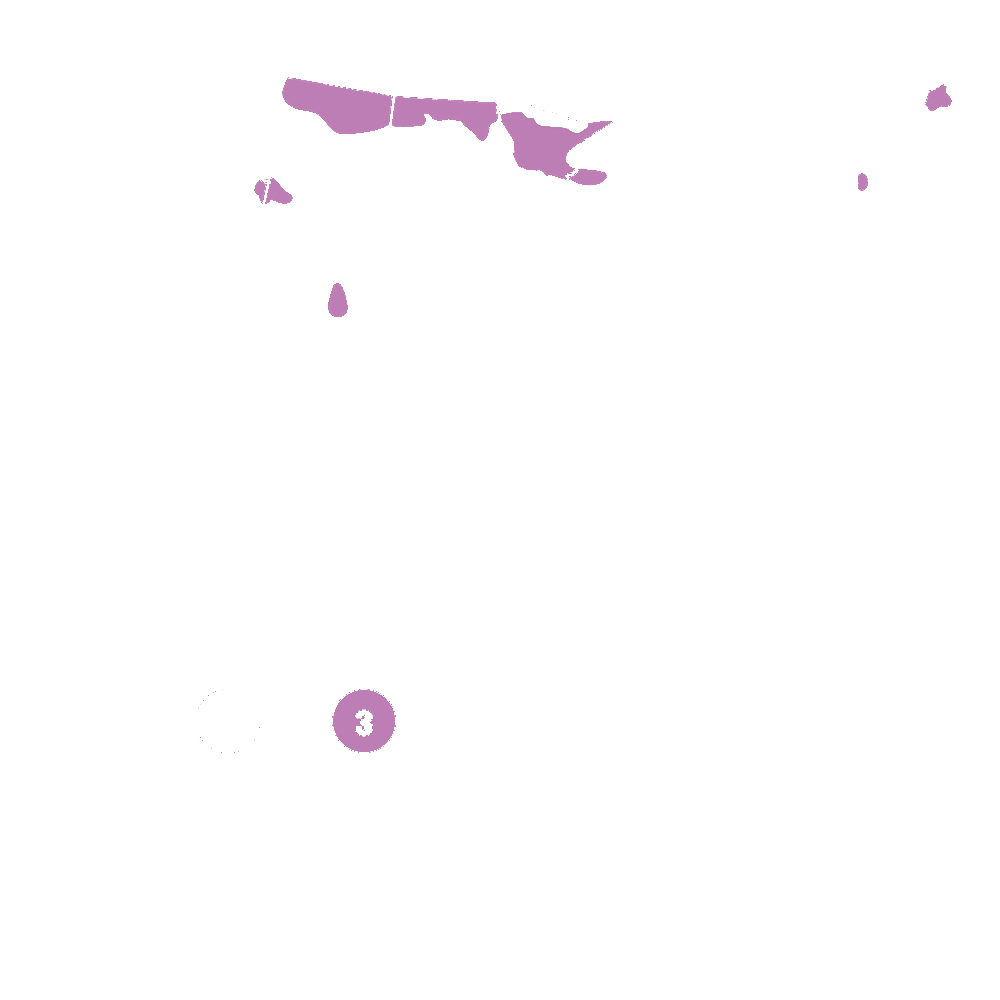
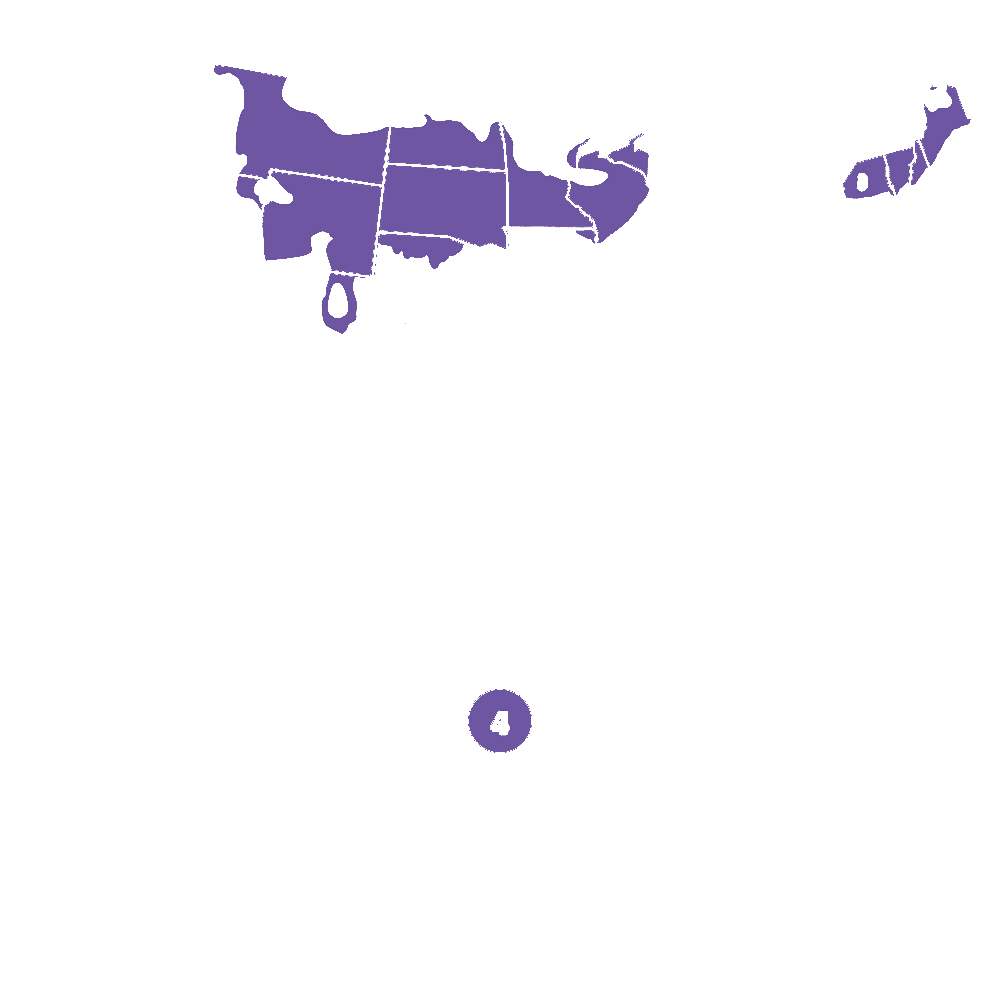
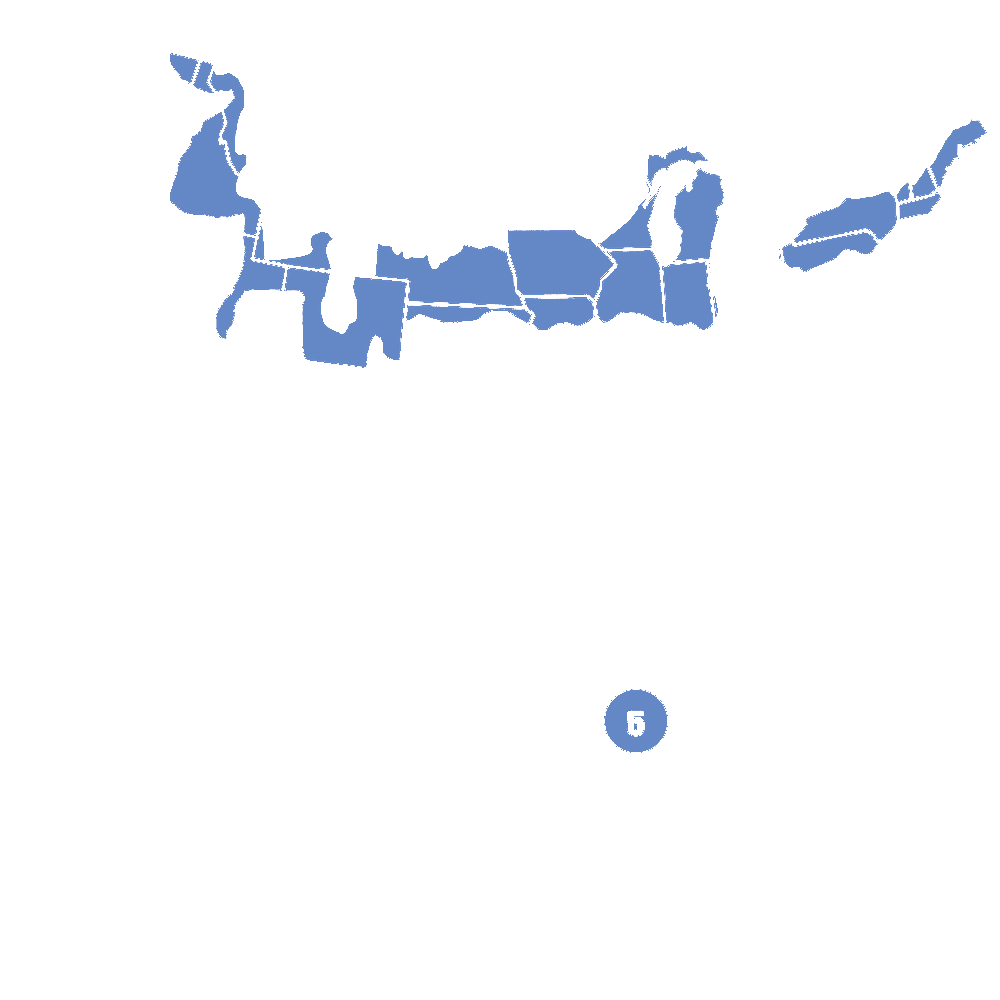
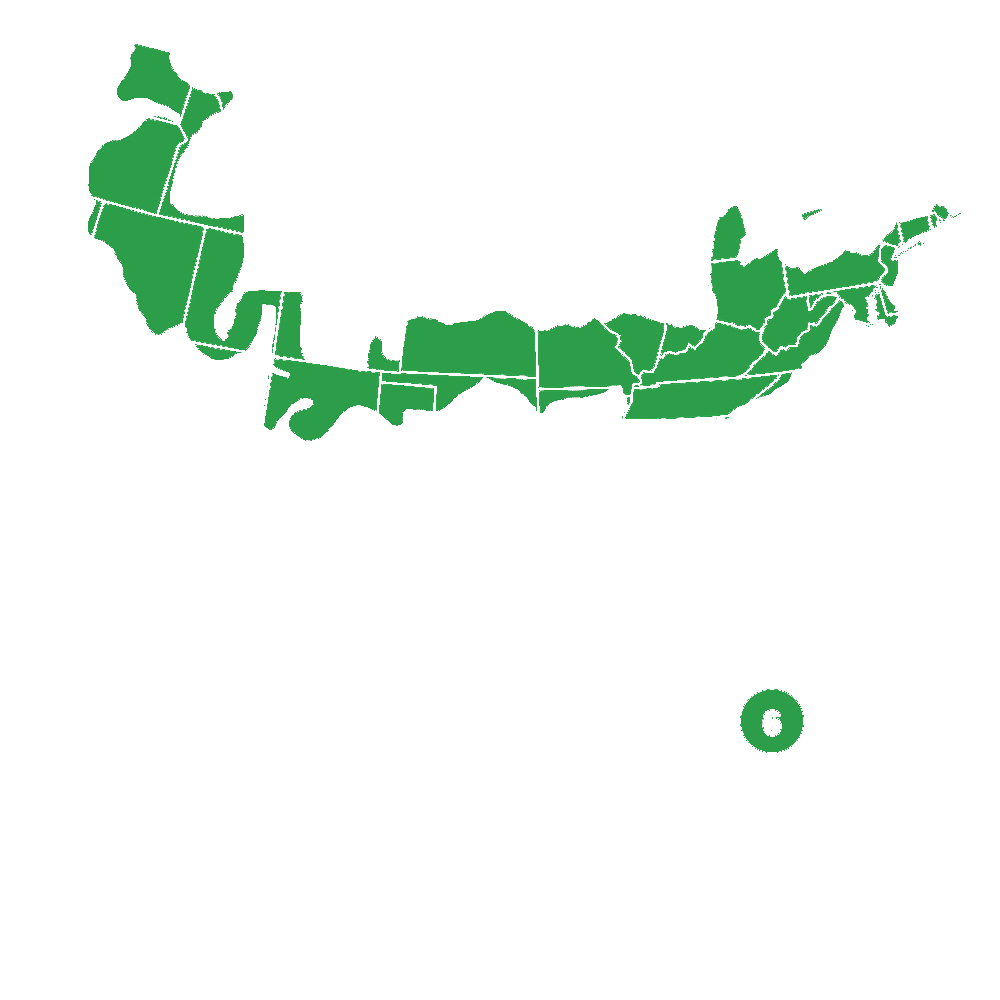
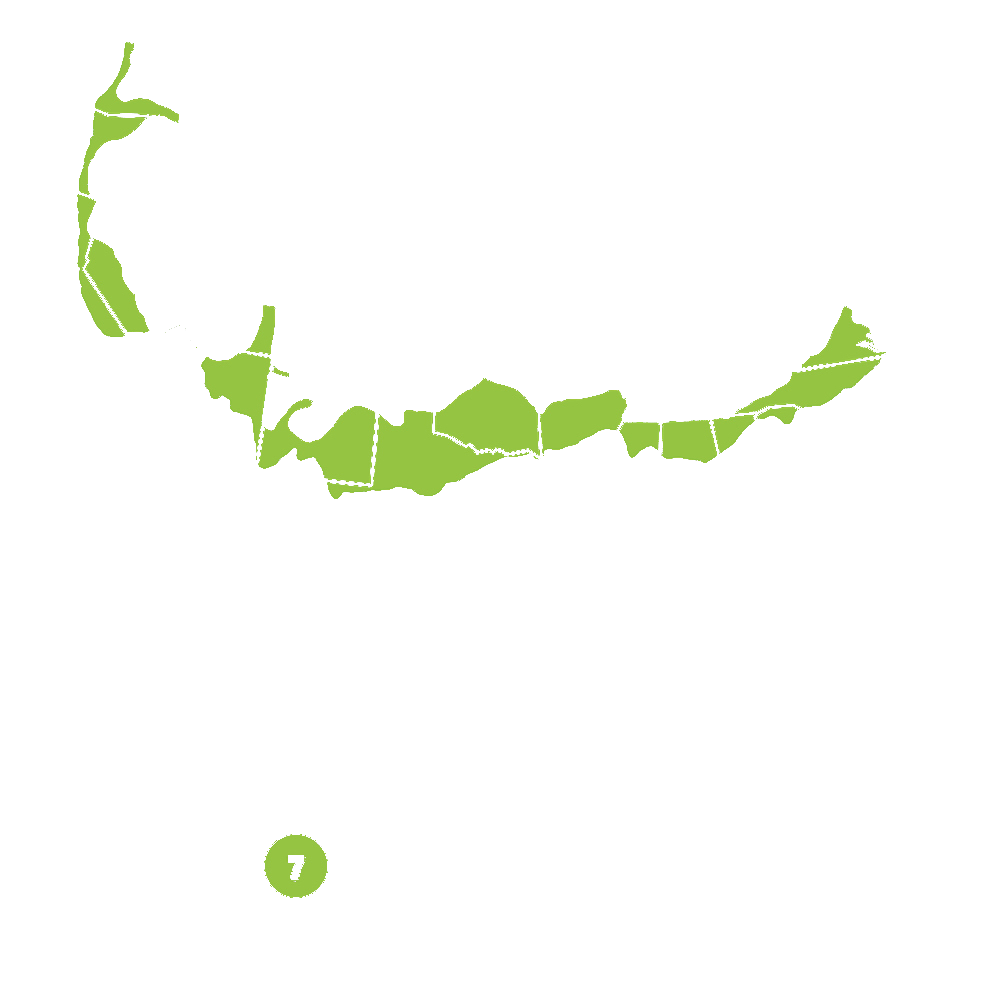
Pollination Info
Pollination Info for Dwarf Bush Honeysuckle (Diervilla lonicera)
Diervilla lonicera, commonly known as Dwarf Bush Honeysuckle, is primarily pollinated by bees. Insects such as bees are attracted to the yellow, trumpet-shaped flowers of the plant, which are open and exposed, making it easier for pollinators to access the reproductive parts of the flower. The bright yellow color of the flowers also serves as a visual attractant to pollinators.
The plant is self-fertile, meaning it can produce viable seeds with its own pollen. However, it benefits from cross-pollination from other individuals to increase genetic diversity and ensure healthy seeds. Cross-pollination is achieved through the transfer of pollen grains from the stamen of one flower to the stigma of another flower on a different plant.
Aside from bees, other insect pollinators such as butterflies and moths may also visit Dwarf Bush Honeysuckle. However, bees are the most efficient pollinators for this plant as they actively seek nectar and pollen and are able to transfer larger amounts of pollen over longer distances.
Overall, the pollination of Dwarf Bush Honeysuckle is an essential process for successful reproduction and the production of healthy seeds.
FAQ
Dwarf Bush Honeysuckle (Diervilla lonicera) FAQ
What are the characteristics of Dwarf Bush Honeysuckle?
Dwarf Bush Honeysuckle is a deciduous shrub that typically grows up to 3 feet tall and wide. It has dark green leaves and yellow bell-shaped flowers that bloom in mid to late summer. The shrub is hardy in USDA zones 3 to 8.
What are the growing requirements for Dwarf Bush Honeysuckle?
Dwarf Bush Honeysuckle prefers well-drained soil and full to part sun. It can tolerate a wide range of soil pH and soil types, including sandy, clay, or loamy soils. The shrub is drought-tolerant once established but benefits from occasional watering during periods of drought.
How do I plant Dwarf Bush Honeysuckle?
Plant Dwarf Bush Honeysuckle in the spring or fall. Dig a hole that is twice as wide as the shrub's root ball and slightly deeper than the root ball's height. Place the shrub in the hole and fill in with soil, tamping down firmly. Water thoroughly after planting.
How do I care for Dwarf Bush Honeysuckle?
Prune Dwarf Bush Honeysuckle in the late winter or early spring before new growth appears. Remove any dead, diseased, or damaged branches and shape the shrub as desired. Fertilize with a balanced fertilizer in the spring before new growth begins.
Do I need to worry about pests or diseases?
Dwarf Bush Honeysuckle is generally free from serious pests or diseases. However, it can be susceptible to powdery mildew, especially in humid conditions. Keep shrubs well-spaced and well-aerated to prevent powdery mildew, and treat with a fungicide if necessary.
Can I propagate Dwarf Bush Honeysuckle?
Yes, Dwarf Bush Honeysuckle can be propagated by softwood cuttings in the early summer or hardwood cuttings in the late fall or winter. Take 4 to 6-inch cuttings from the current year's growth and remove the lower leaves. Dip the end in rooting hormone and plant in a container filled with moist potting soil. Keep the cuttings in a warm, humid environment until roots form.
Planting & Care
Planting Dwarf Bush Honeysuckle
- Choose a location with well-draining soil and full to partial sun.
- Dig a hole twice as wide and just as deep as the root ball.
- Place the plant in the hole, backfill with soil, and tamp down gently.
- Water thoroughly and mulch around the plant to retain moisture.
Caring for Dwarf Bush Honeysuckle
- Water regularly, especially during dry spells, to keep the soil moist but not waterlogged.
- Feed with a balanced fertilizer in early spring and again in midsummer.
- Prune in late winter or early spring to remove dead or damaged branches and maintain a compact shape.
- Protect from deer and rabbits, which may browse on the leaves and twigs.
Check Out These Verified Customer Reviews:
Customer Reviews
4.8 out of 5 based on 17 reviews
Thank you! Your review has been submitted.
I was pleasantly surprised by the high quality of the Dwarf Bush Honeysuckle. It exceeded my expectations!
Beautiful and healthy plant
The shipment was quick and the plant was well-packaged. The Dwarf Bush Honeysuckle is thriving in its new home.
Item has been added to your cart.



